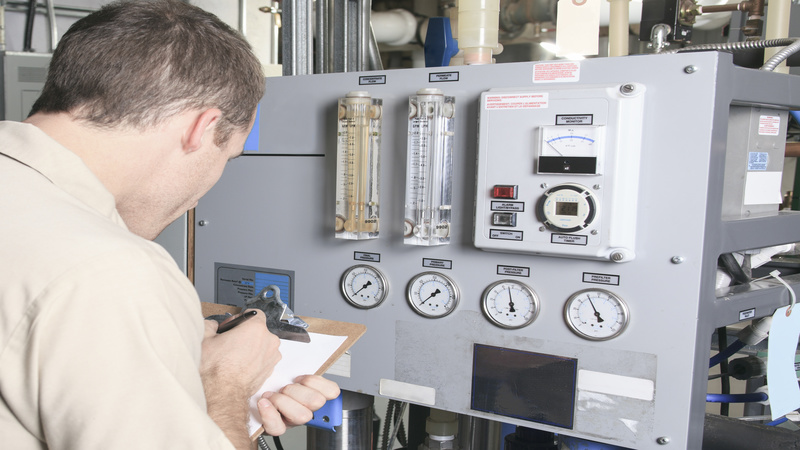Hardening of metals and alloys is completed to increase the durability and resistance to wear and surface damage on metal parts and components. There are many different methods used to harden metals including work hardening, precipitation hardening as well as quenching and tempering processes.
For surfaces of parts and components, induction hardening may also be a cost-effective and highly desirable choice. Through the use of this technique, specific areas of the part or the entire surface can be hardened, creating the desired changes in the metal as required.
The Process Is Precise
With the use of induction techniques, there is no direct contact with the metal to the heat source. Instead, the heat is generated within the surface layer of the metal part or component through the development of an alternating magnetic field. The use of the magnetic field restricts the use of this hardening process to conductive metals and alloys only.
The Induction Hardening can be set up to allow the magnetic field to penetrate the surface of the part to the desired depth and in the specific locations required. The frequency of the magnetic field, the time of the exposure and the density and thickness of the part or component also have to be considered.
Through this specific application of energy and the interior heat generated by the process, the exposed metal surface undergoes a martensitic transformation. This transformation creates a tougher, more durable and harder surface without any associated change in the metal below the desired surface layer.
The choice of induction hardening is common for many different parts in the automotive industry as well as in aerospace and equipment manufacturing. It is highly effective for both small and large parts and can be completed quickly, accurately and with the precision needed in any industry.

